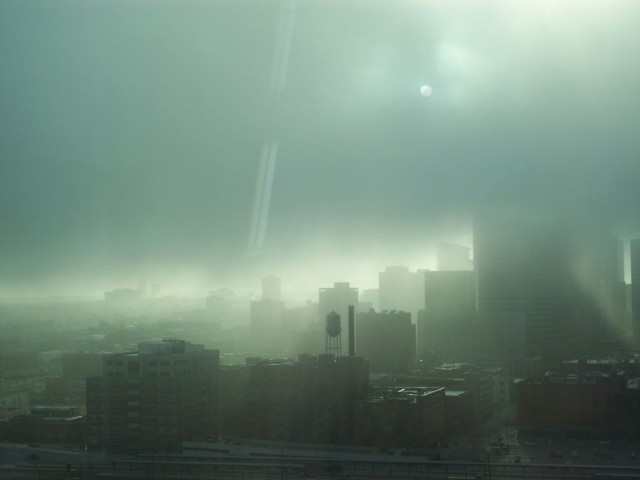Over the next two days some areas of Colorado Rockies are expecting up to eight feet of snow. Avalanche danger is already high and expected to get much worse. Be careful out there folks.
Being caught in an avalanche is like being buried in cement. You can’t dig yourself out of an avalanche. When buried, you can’t even move. Even if you could move, which you can’t, you wouldn’t know which way is up. And although it may be cold being buried in the snow it is actually suffocation that kills you. Your only chance of survival is if your friends (you are with friends right?) dig you out.
The first person video below gives you an idea of what it might be like to be caught in an avalanche, and being rescued.
The scratching/ruffling back-and-forth sound you hear is his chest rising and falling and the noise that his jacket makes. You can actually hear his breathing become stressed and accelerate, even in the short amount of time he was buried. The intermittent whimpering noise you hear is him trying to swallow and get some air.
He was only buried for 4 and a half minutes which is incredibly short. I cannot stress these next sentences enough; that in and of itself to be unburied in ONLY 4:28 is miraculous if you have any understanding of being caught in an avalanche and what it takes to be found. It could literally be some kind of “world record” just on how good the guide and supporting cast of other skiers was in getting to him.
Have some fun out there but respect nature.
[ad name=”Extra Long Post Footer Ad w/ Large Font”]


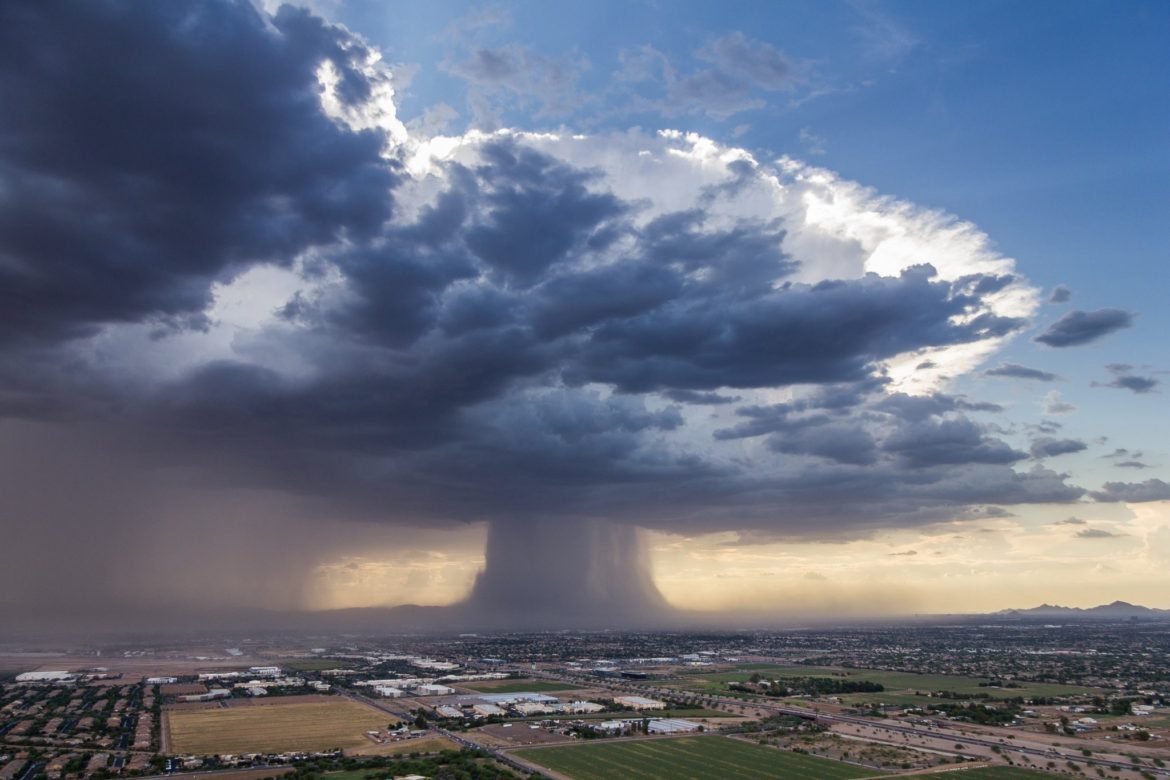


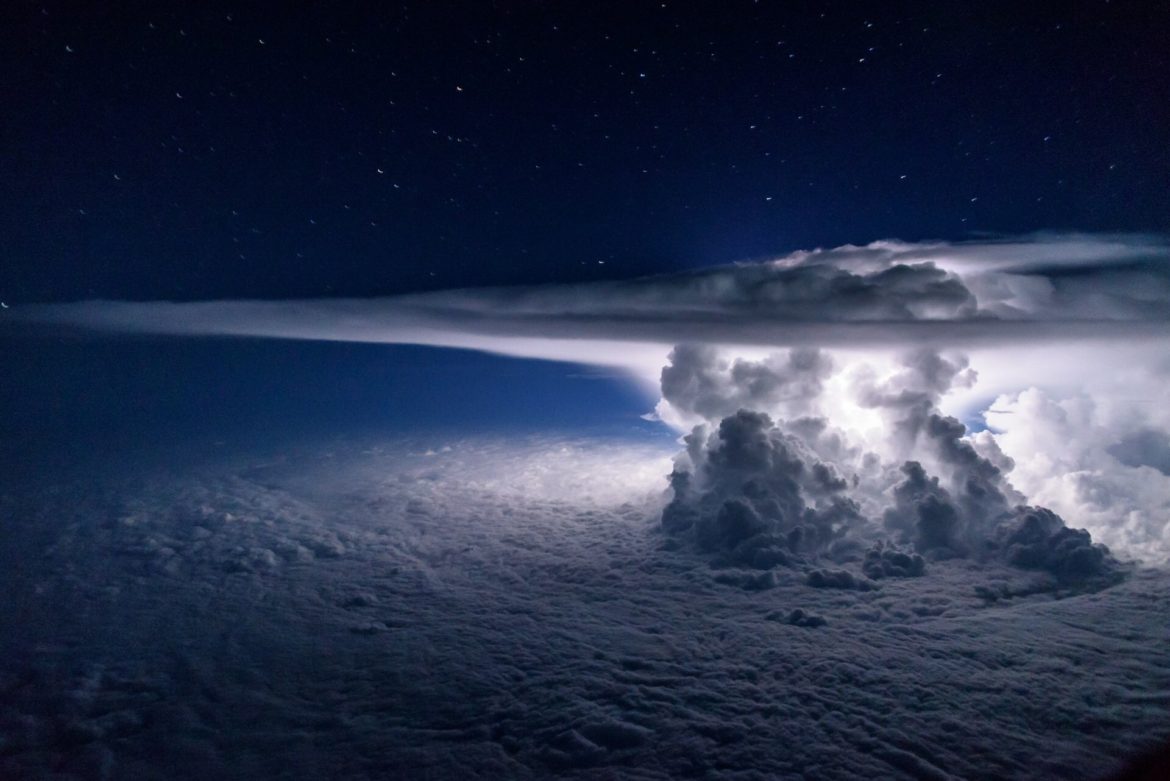
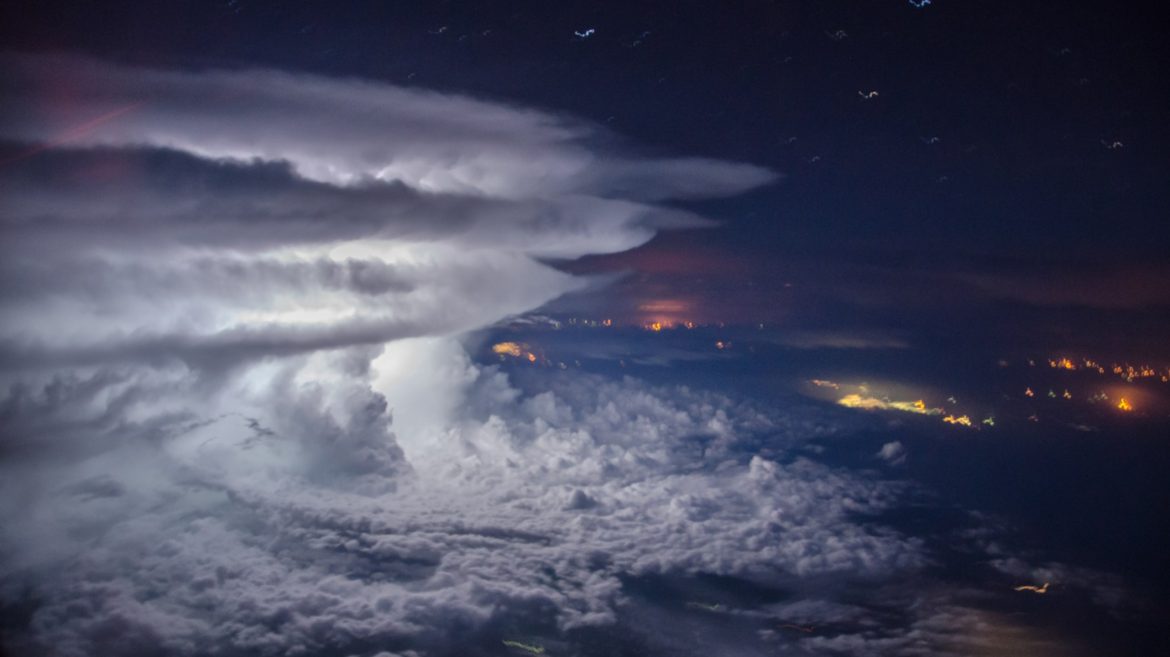

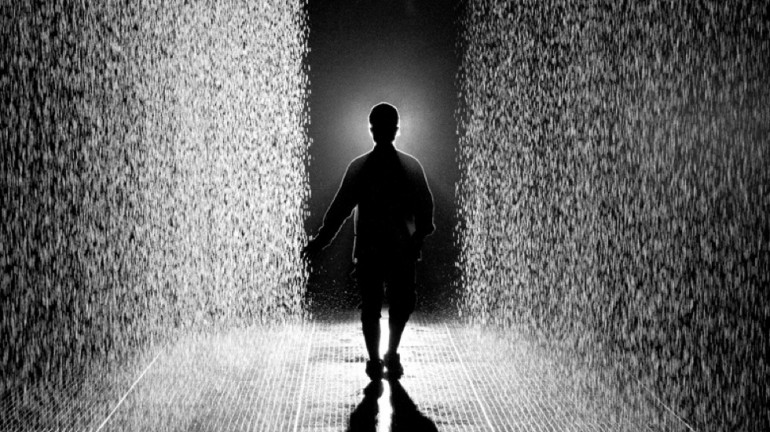
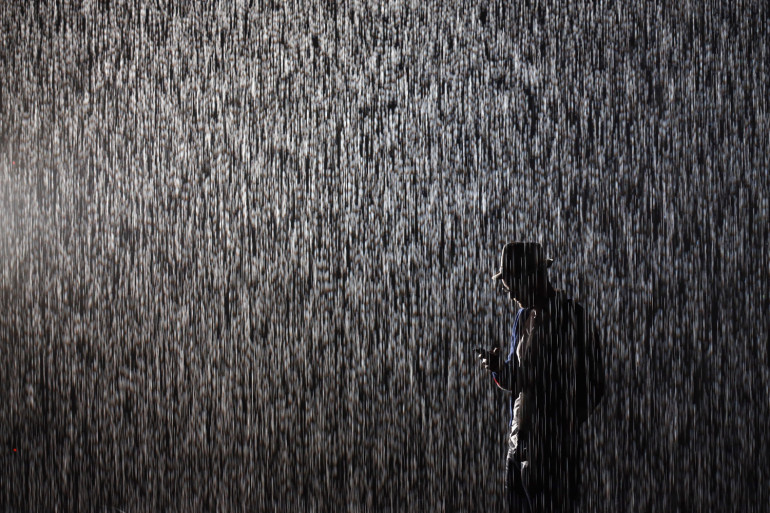

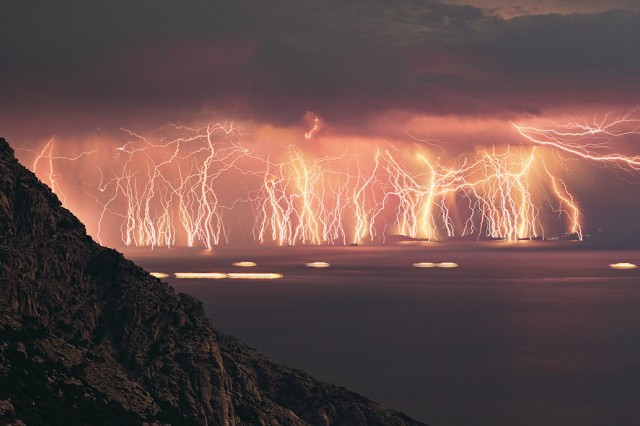
![image14[1] Lightning Strike](http://www.artifacting.com/blog/wp-content/uploads/2010/12/image141-640x425.jpg)
